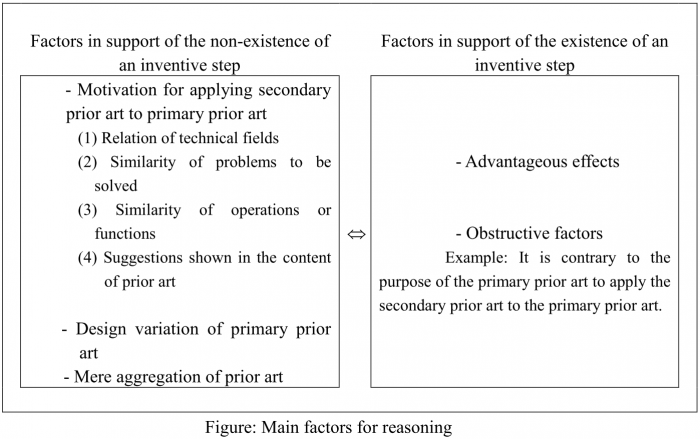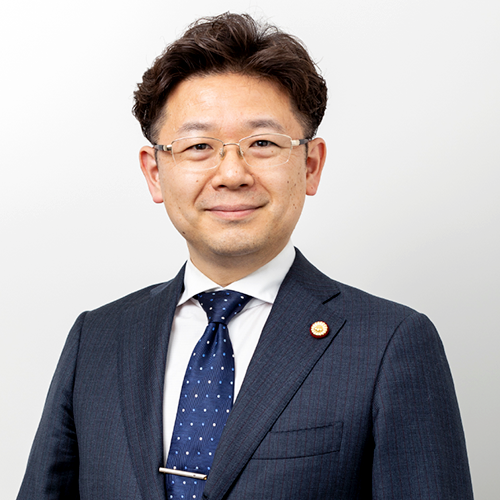2016.01.05
Complete Update of “Examination Guidelines” and “Examination Handbook” for Patent and Utility Model
PATENT
UTILITY MODEL
Complete Update of “Examination Guidelines” and “Examination Handbook” for Patent and Utility Model
The Japan Patent Office(JPO) has updated its “Examination Guidelines” and “Examination Handbook” for Patent and Utility Model and released on September 16, 2015. The revised version of them has been effective for examinations conducted on and after October 1, 2015.
The updates of the Examination Guidelines has been conducted annually. Basic policies of the recent updates are:
- 1. To make descriptions more concise and clear
- 2. To provide more ample case examples and court precedents
- 3. To make the Examination Guidelines as an international standard
(1) Chief points of the revisions
In the news release by JPO (http://www.meti.go.jp/english/press/2015/0916_01.html), seven chief points of the revisions are pointed out as follows.
- 1. [Part II, Chapter 2, Section 3, 4.3.2] The description concerning the clarity requirement for Product by Process Claims is amended. This amendment is based on the decision by the Supreme Court on June 5, 2015.
- 2. [Part III, Chapter 2, Section 5] A new section about Grace Period
- 3. [Part III, Chapter 5] A new chapter about Patent Subject Matter Eligibility
- 4. [Part I: Outline of Examination], which shows the principles of examination
- 5. [Part III, Chapter 2, Section 2] The examination practices of inventive step is stated more clearly.
- 6. [Part II, Chapter 2, Section 3, 4.2 and Part III, Chapter 2, Section 4, 4] The practice about clarity and novelty for the invention of a sub-combination is stated.
- 7. The guidelines for computer software, biology and medicine (former Part VII) are moved to the "Examination Handbook" [Annex B].
(2) Remarkable update on determination of inventive step
JPO examiners determine whether the claimed invention involves an inventive step by considering whether or not it could be reasoned that a person skilled in the art easily arrives at the claimed invention based on the prior art.
In the previous Examination Guidelines, reasoning for denying inventive step was more emphasized than reasoning for affirming it.
In the revised Examination Guidelines, it is clearly stated that the examiner should consider both Factors in support of the non-existence of an inventive step and Factors in support of the existence of an inventive step comprehensively when judging the inventive step [Part III, Chapter 2, Section 2, 3].
In other words, it is clearly stated that positive factors and negative factors should be considered equally.
The Figure shown in the revised Examination Guidelines is cited below.
It will be more important for applicants to analyze cited prior arts, find obstructive factors, and show them to the examiner.
It is same to the patentees facing the opposition, invalidation trial, and law suit.
Furthermore, four examples listed below are stated in the revised Examination Guidelines as examples of obstructive factors [Part III, Chapter 2, Section 2, 3.2.2]. They are notable descriptions for applicants to find obstructive factors in prior arts.
- a. Purpose; The case which the primary prior art is modified against its aim by applying the secondary prior art.
- b. Function; The case which the primary prior art is modified not to exert its function by applying the secondary prior art.
- c. Exclusion; The case which there is a description to exclude the application of the secondary prior art in the primary prior art.
- d. Inferior effect; The case which an inferior invention is applied as the secondary prior art while several inventions are noted in the secondary document as superior inventions regarding the problem to be solved by the primary prior art.

